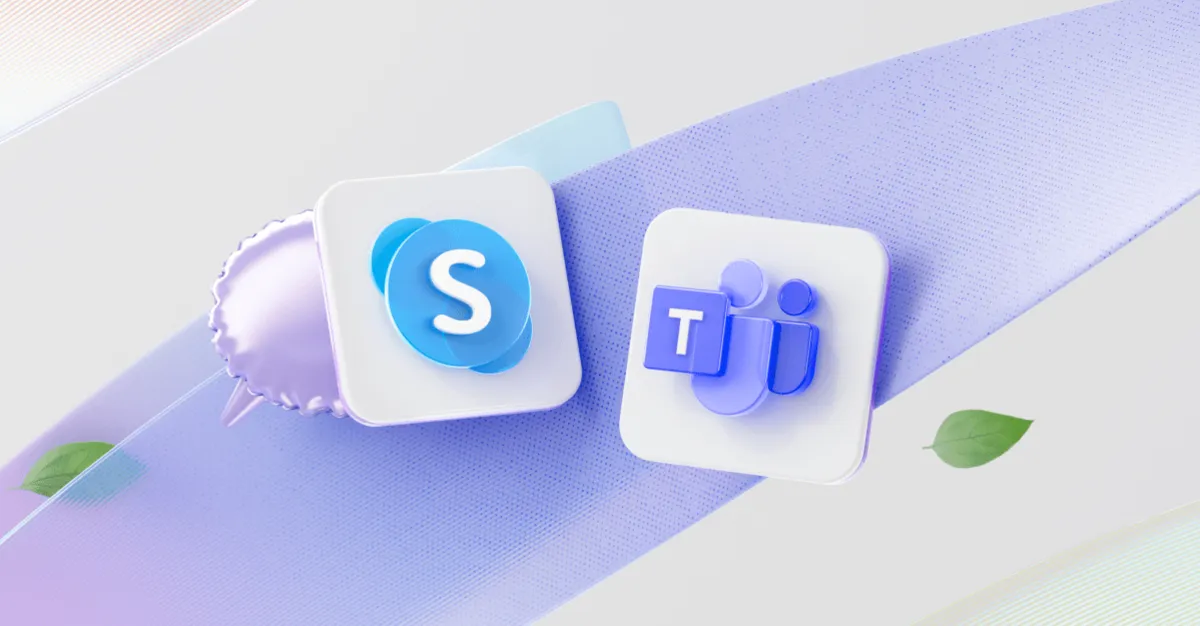
In a significant shift for communication technology, Microsoft has announced the impending shutdown of Skype, set to take place on May 5th. This decision marks the end of an era for the popular voice and video calling platform, which has been a staple in digital communication since its acquisition by Microsoft for $8.5 billion nearly 14 years ago. From this date forward, Microsoft will replace Skype with the free version of Microsoft Teams for consumers, aiming to streamline its communication services.
Current Skype users will have the opportunity to transition smoothly to the Microsoft Teams app. All existing users can log into Teams and will find their message history, group chats, and contacts automatically available without the need to create a new account. For those who prefer to manage their data differently, Microsoft offers the option to export their Skype data, which includes photos and conversation history.
Jeff Teper, president of Microsoft 365 collaborative apps and platforms, emphasized user control during this transition. "Skype users will be in control; they’ll have the choice," he stated in an interview with The Verge. Users can either migrate their conversation history and contacts to Teams or opt for data exportation. Additionally, Microsoft has developed a tool to allow users to view their existing Skype chat history, should they decide against moving to Teams.
Skype will remain operational until May 5th, giving users approximately 60 days to decide whether to switch to Microsoft Teams or export their data. Amit Fulay, vice president of product at Microsoft, explained that the transition to Teams is designed to be instantaneous. "We’ve already done the work on the backend to restore their contacts, message history, and call logs," he said.
During this 60-day window, Microsoft will maintain interoperability between Skype and Teams, allowing users to send messages to contacts on both platforms without disruption. This ensures that communication remains seamless during the transition period.
However, not all features will carry over to Microsoft Teams. Microsoft is phasing out support for calling domestic or international numbers, a significant component of Skype’s original offerings. Fulay explained that this decision was based on changing usage trends: "If we look at the future, that’s not a thing we want to be in." Existing Skype credits will still be honored, but new customers will no longer have access to paid Skype features for making calls.
Current Skype subscription users can use their credits and subscriptions within Teams until their next renewal period. Existing users with Skype Numbers will need to port their numbers to another provider, as Microsoft will no longer support this service. The Skype Dial Pad will still be available temporarily for users with existing credits and subscriptions, but Microsoft does not plan to offer calling plans to Teams consumers.
The decision to retire Skype reflects the broader shift in consumer behavior towards other messaging and calling platforms like FaceTime, Messenger, and WhatsApp. Teper acknowledged that while Skype's user base grew at the start of the COVID-19 pandemic, it has remained relatively flat in recent years. "We hope we’ll migrate most Skype users," he remarked, emphasizing the importance of user choice in the transition process.
Microsoft is now directing its focus entirely towards Teams for consumers, having launched the personal version in 2020. While Microsoft had previously expressed commitment to Skype, it has become increasingly clear that the company was preparing for its eventual retirement. The discontinuation of Skype credits and phone numbers last December was a further indication that the service's days were numbered.
Despite the shutdown of Skype, Microsoft has assured that there will be no immediate job cuts within the Teams and Skype teams. Teper confirmed that the backend operations have evolved into a unified team, focusing on enhancing user experiences and driving innovations, particularly in AI and user-friendly features. “It’s really about doubling down on Teams,” he concluded.
As Microsoft transitions from Skype to Teams, users can expect a more integrated and efficient communication platform, reflecting the evolving landscape of digital interactions.